Kochi
Kochi, Kerala's financial, commercial, and industrial capital, exudes a cosmopolitan charm that is evident in its diverse population and culinary fusion of traditional Kerala flavours with global influences. The charm of Fort Cochin and Mattancherry, with their historic streets and heritage has made it one of south India’s biggest tourist destinations. Kochi's cultural heritage, displayed in giant Chinese fishing nets, a centuries-old synagogue, and ancient mosques, reflects its intriguing mix of influences. Its architecture features remnants from the Dutch, British, and Portuguese eras. Nearby Ernakulam is the bustling transport nucleus, with its busy train station connecting to other cities across the state, while ferries and bridges link islands like Willingdon and Vypeen.
The City of Kochi
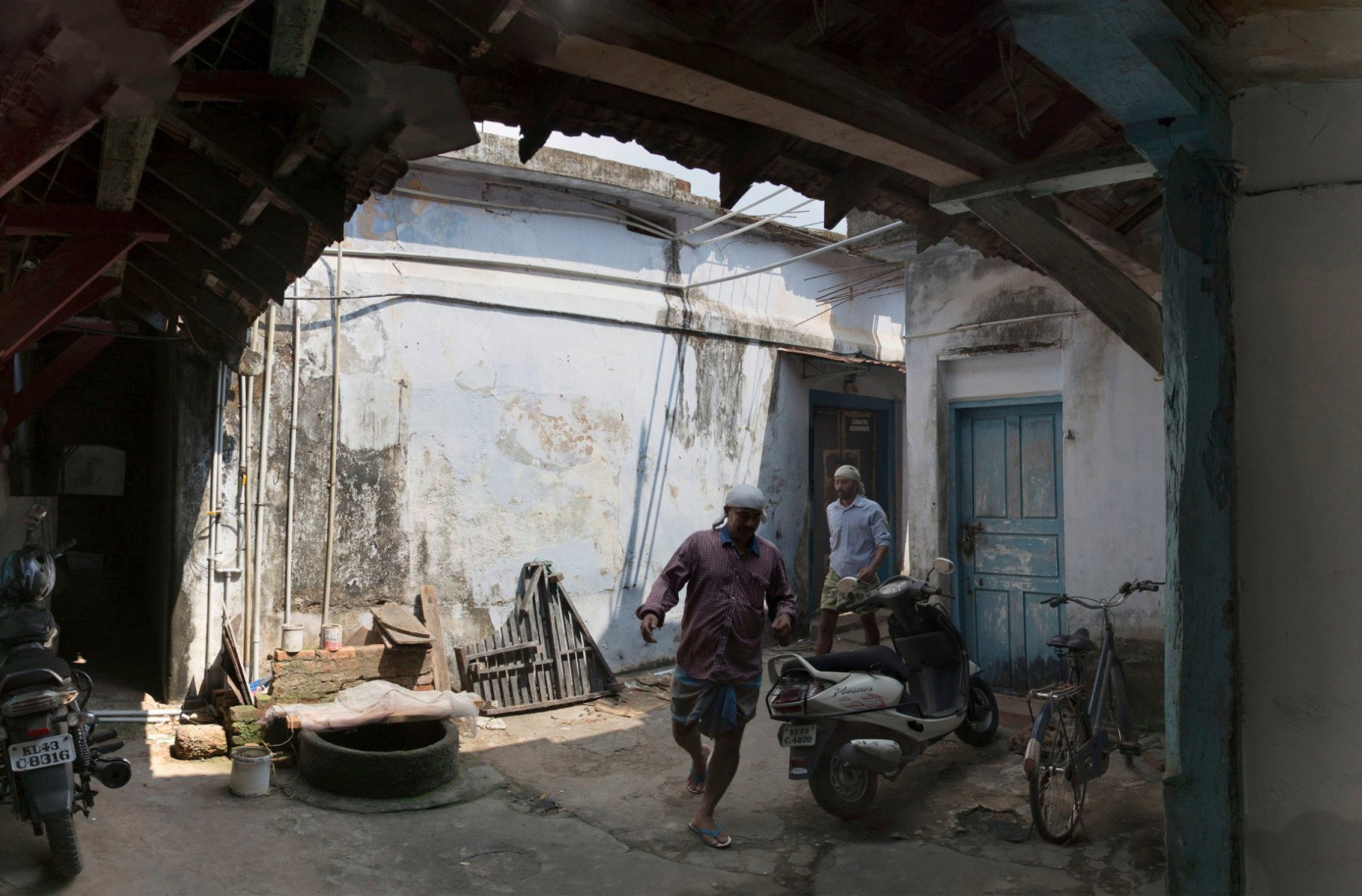
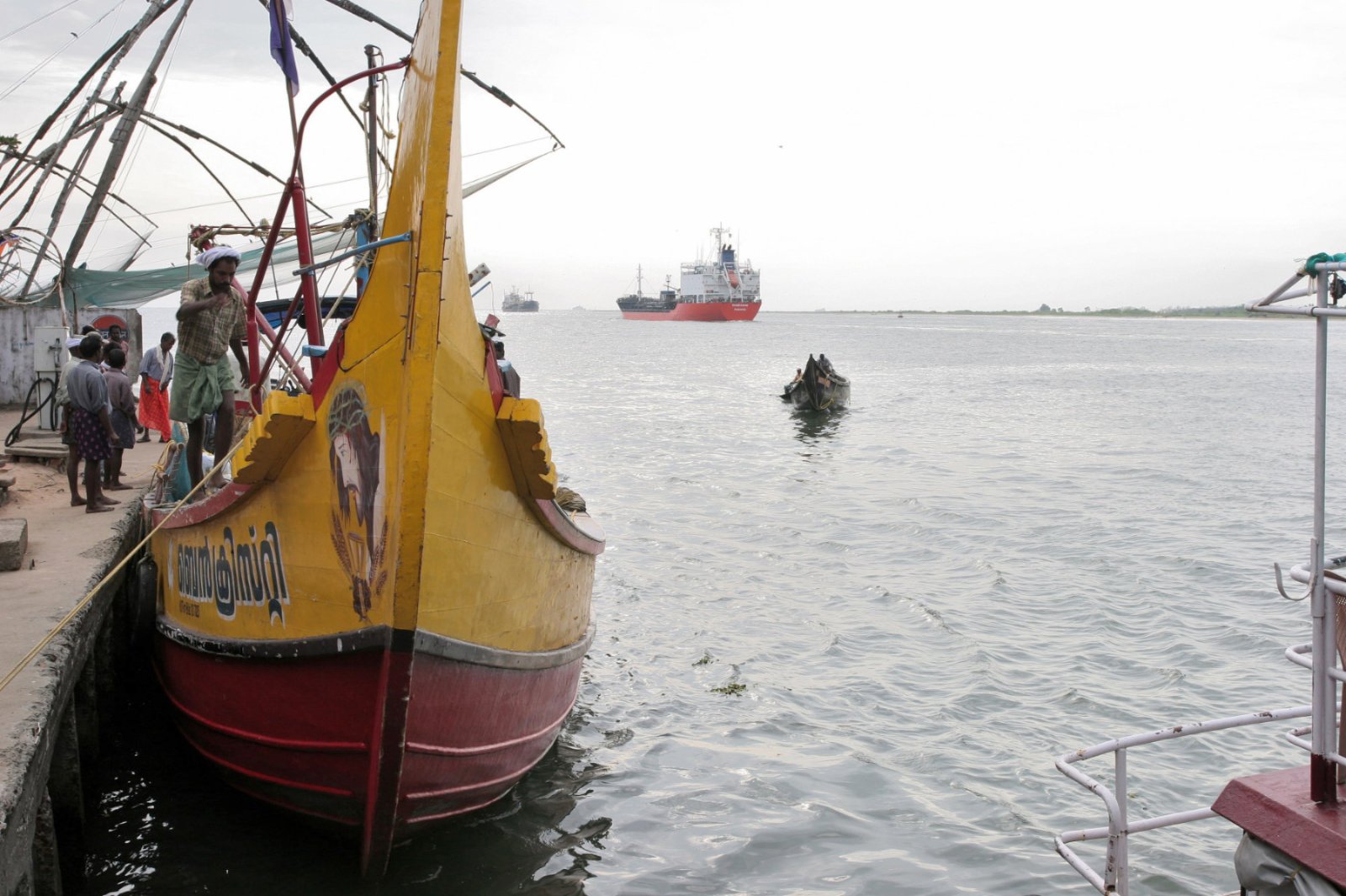

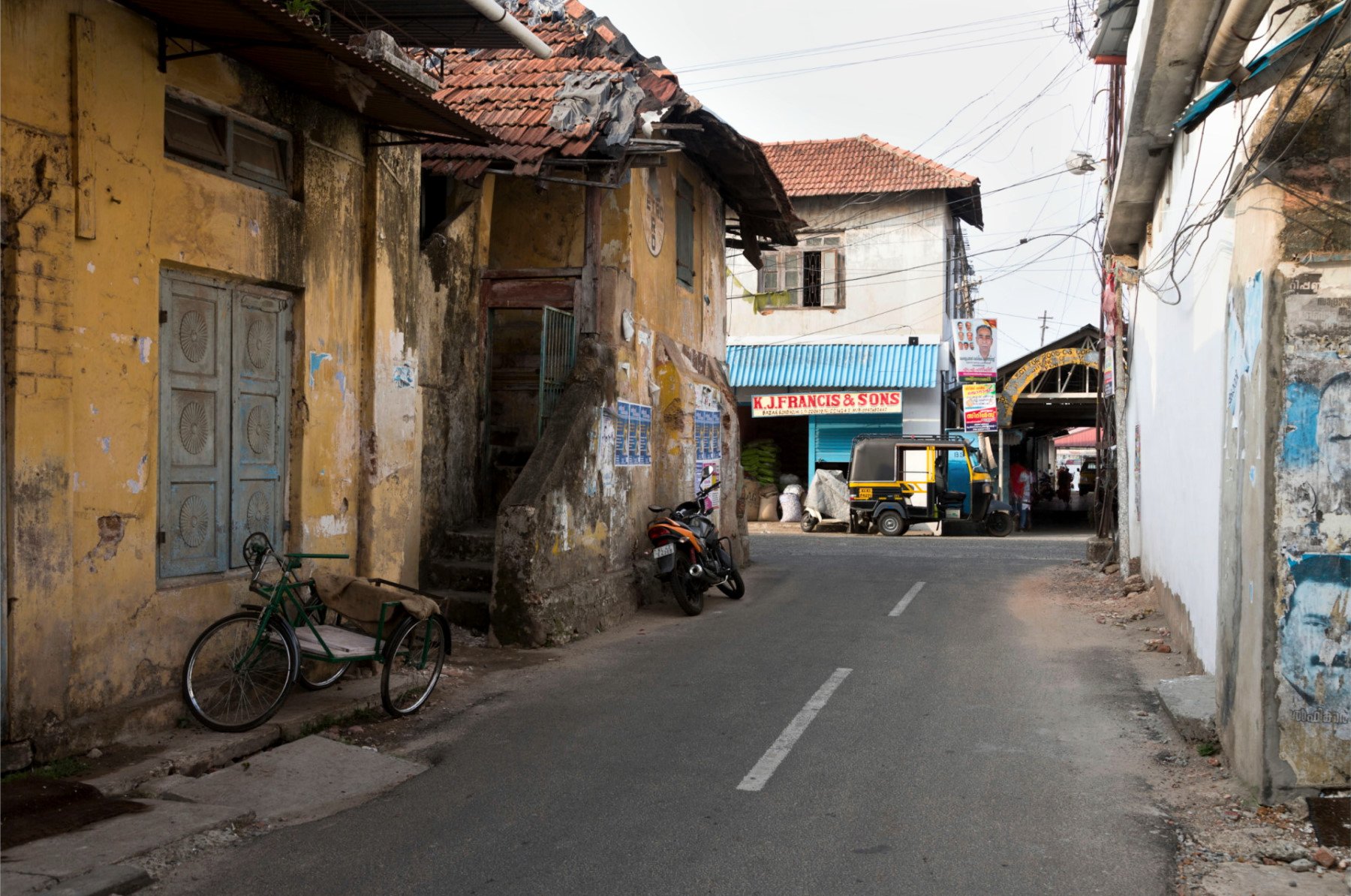
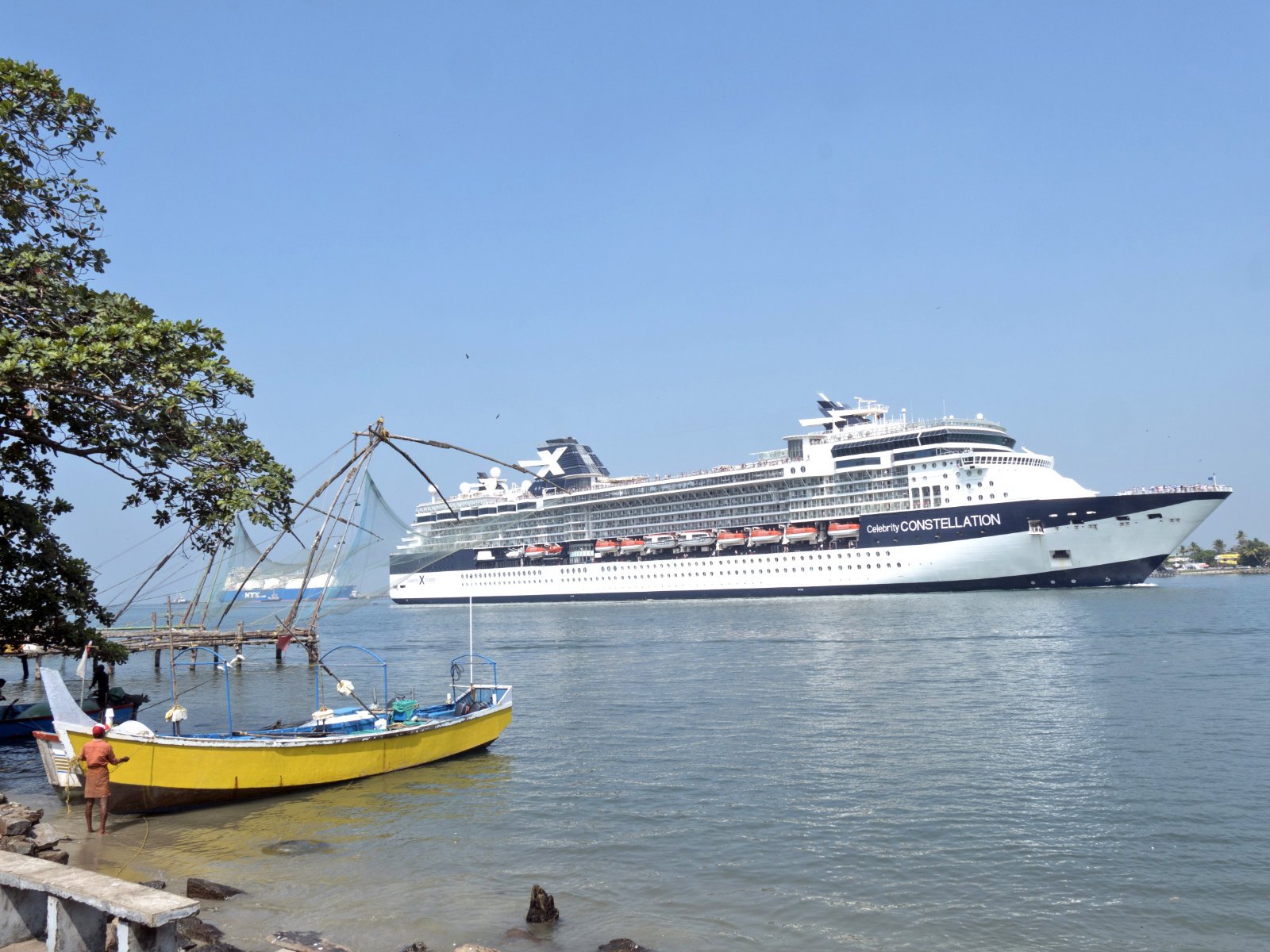
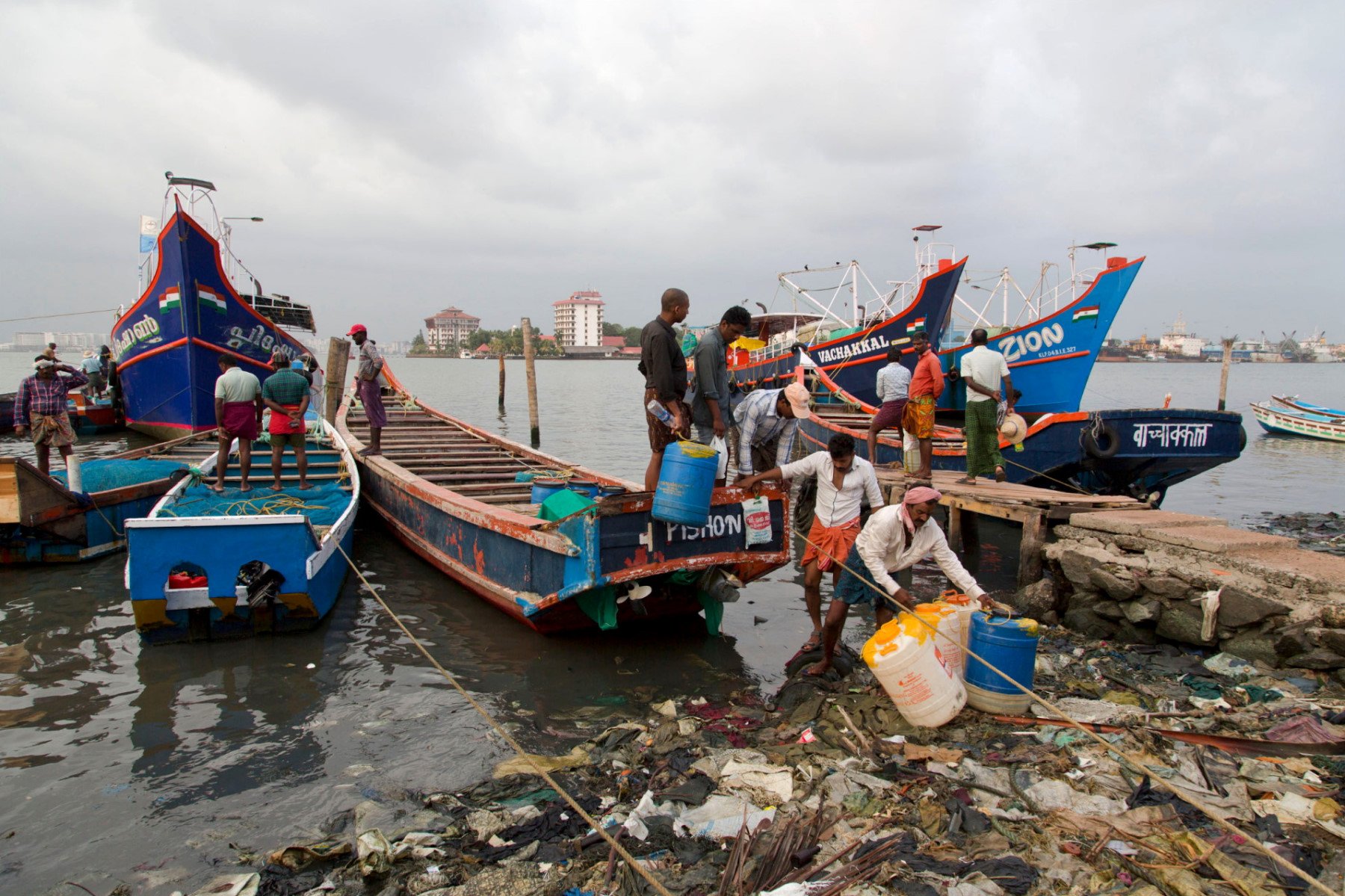

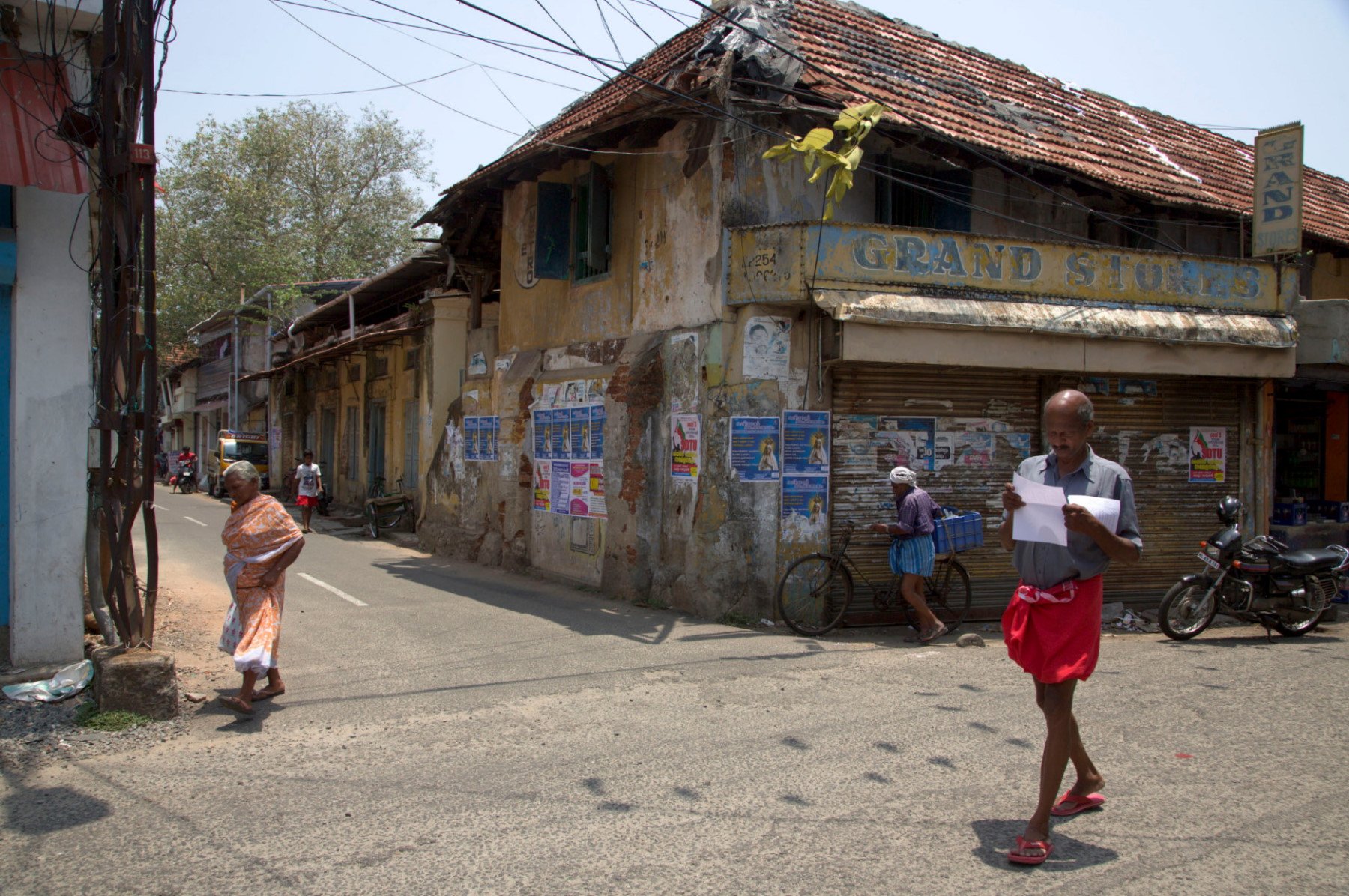

Chinese Fishing Nets
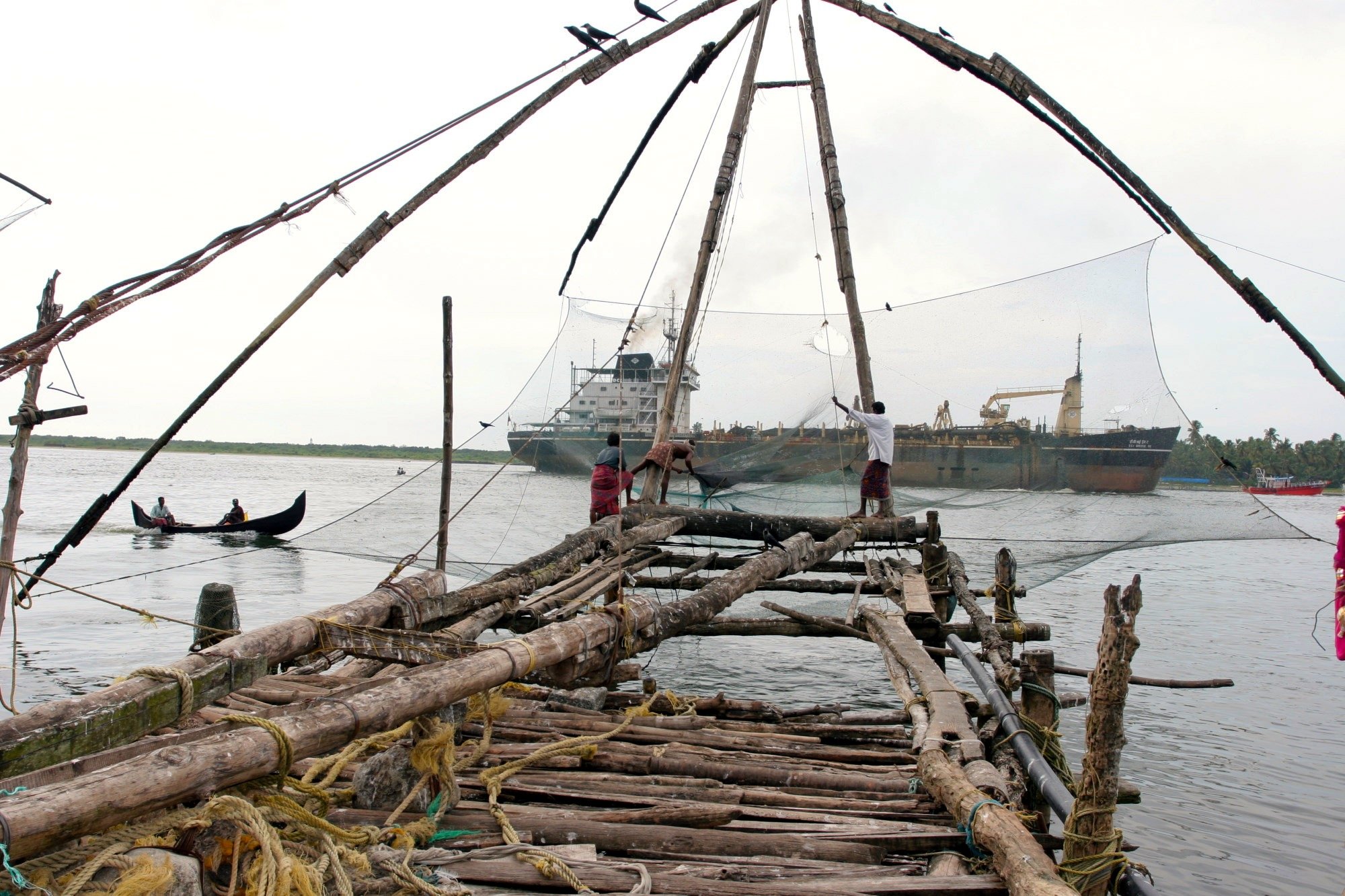
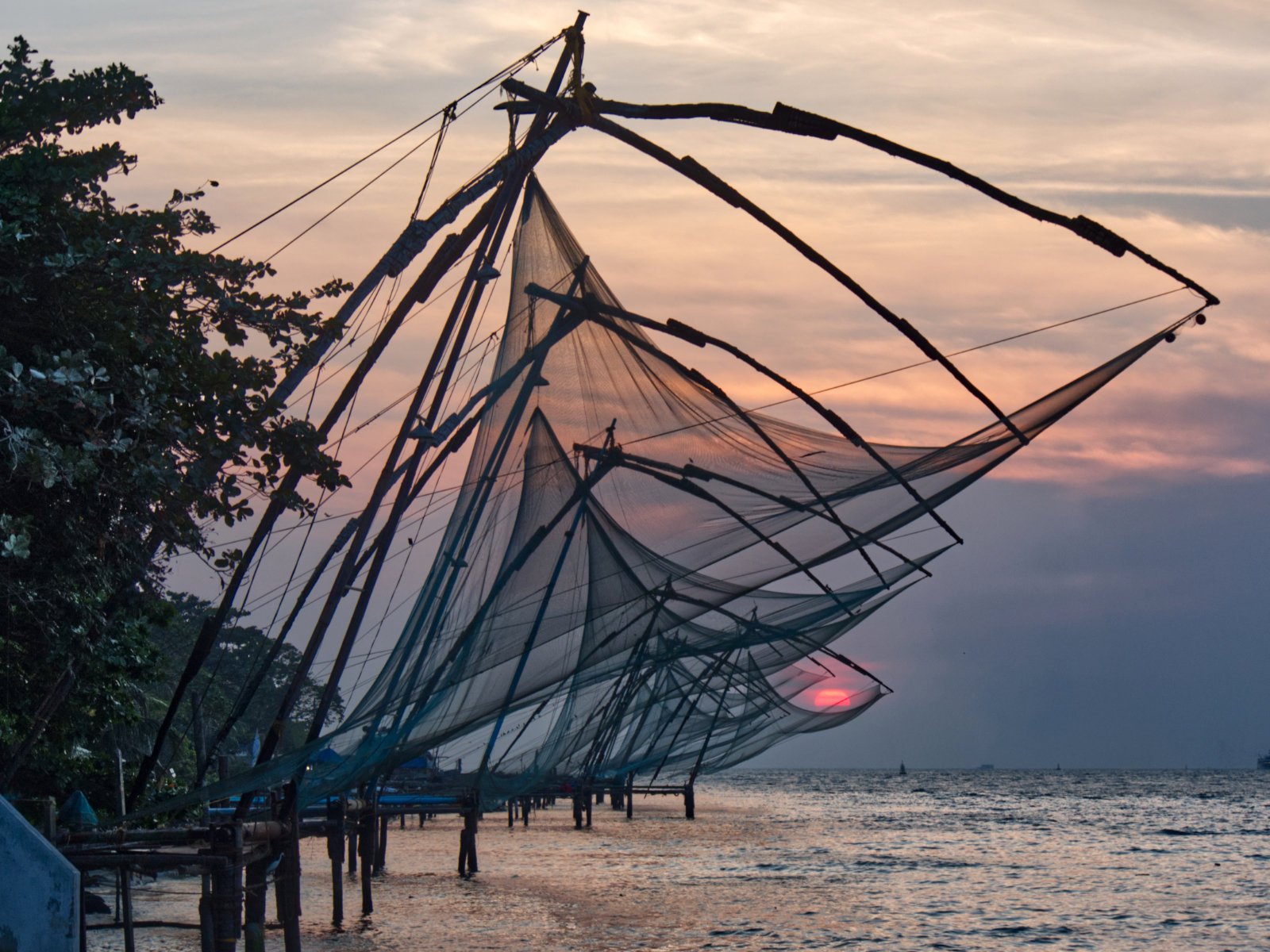
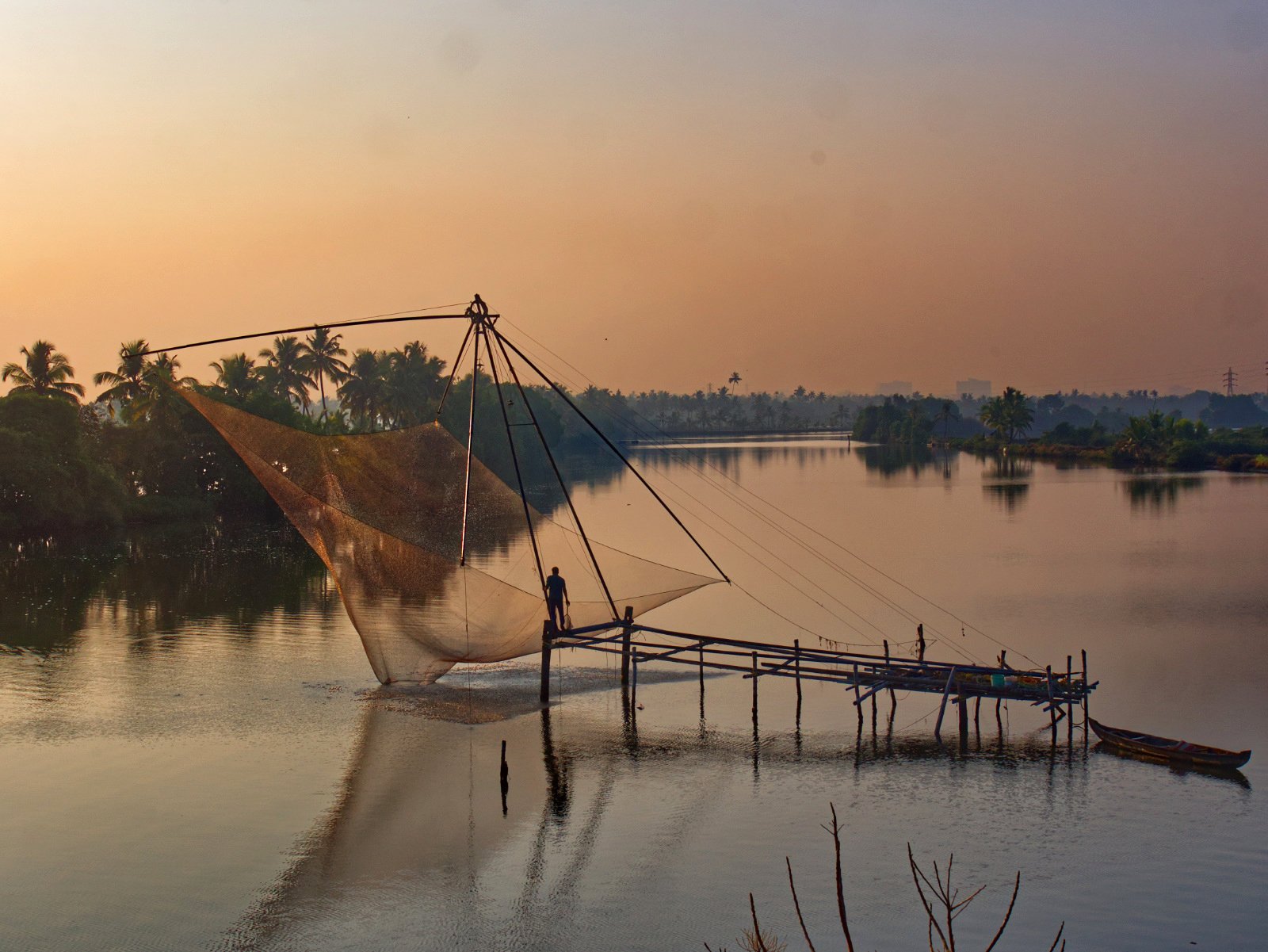

Although the exact origins of Chinese fishing nets in Kochi are unclear, historical records suggest that Chinese traders introduced them in the 14th century during the time of the Chinese explorer Zheng He. Over time, this fishing apparatus has become a common feature of Kochi’s coastal landscape. The Chinese fishing nets in Kochi harbour are now more tourist attractions than functional fishing tools, although smaller versions of the same design are used effectively along the backwaters.
The fishing nets are suspended from large, stationary structures constructed from bamboo and teak wood that lean over the water. A team of fishermen operates the nets manually, lowering them gently into the water using a system of ropes and pulleys. After a brief period underwater, the nets are raised using a counterweight system, allowing the fishermen to inspect the catch and remove the fish caught in the netting.
Saint Francis Church


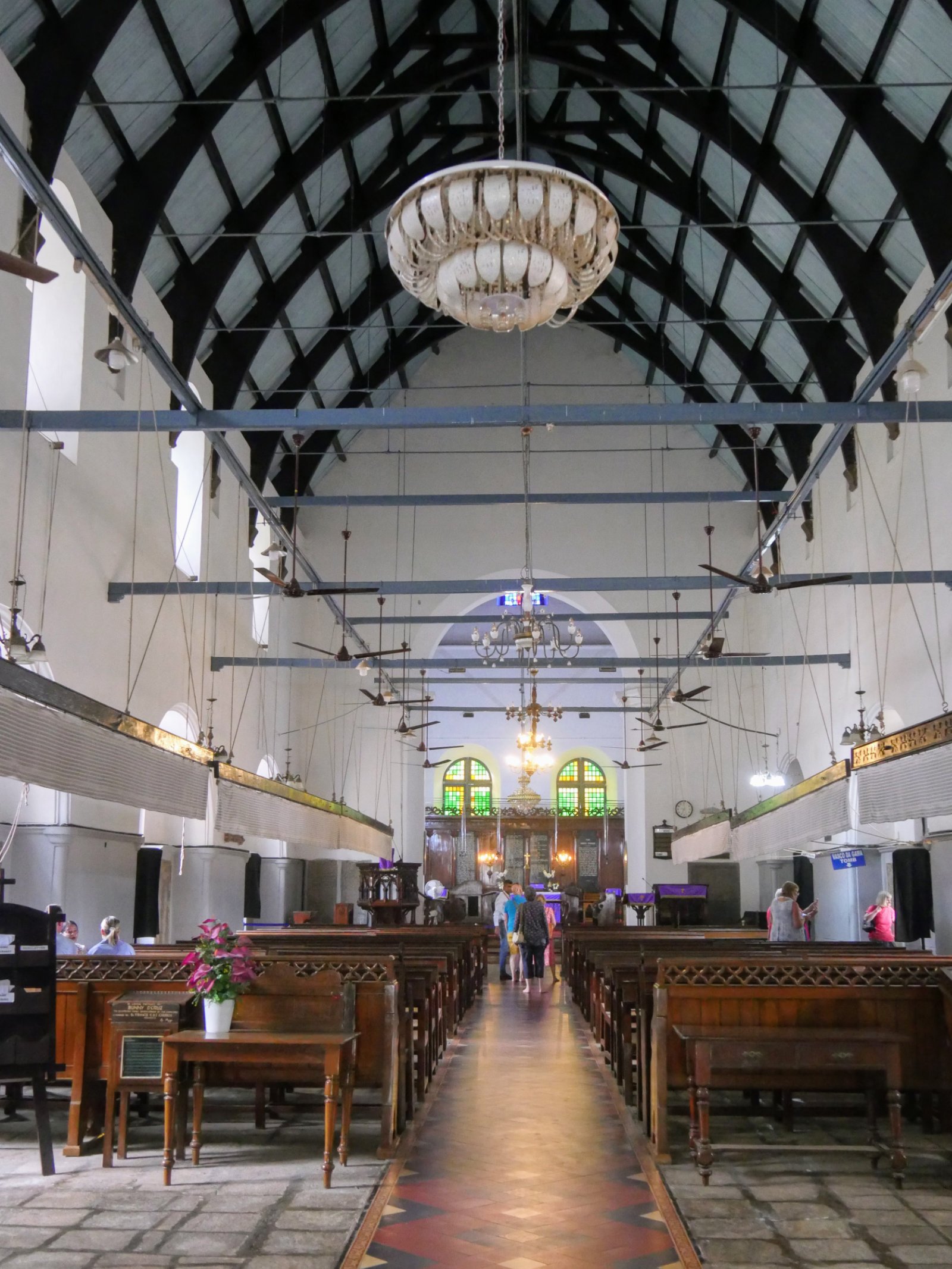
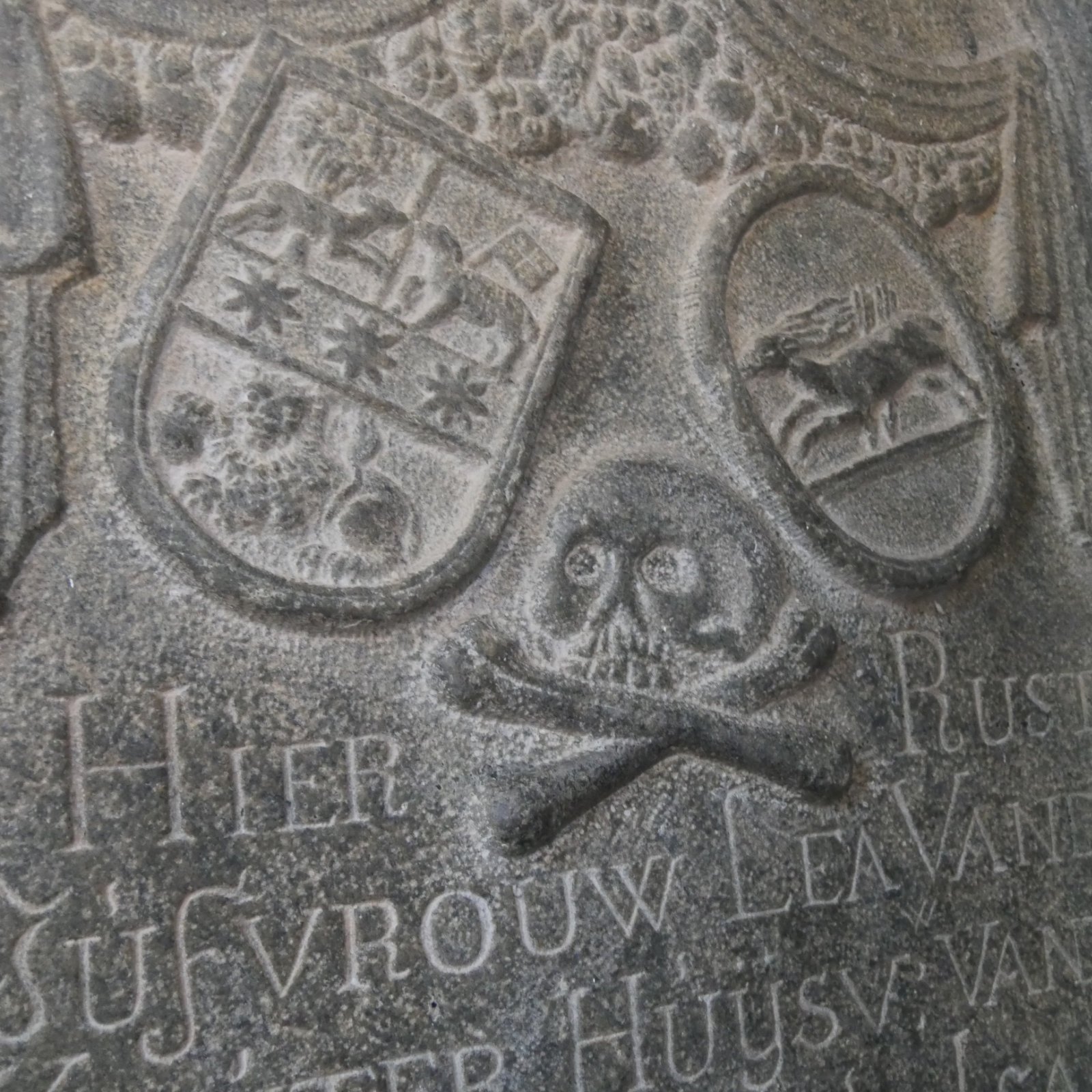
Constructed by Portuguese explorers in the early 16th century, the Saint Francis Church is one of the oldest European churches in the country. The church’s history is closely connected with Vasco Da Gama, whose body was initially interred in its cemetery after he died in Kochi in 1524. His remains were later moved to a chapel in the church, where they remained for over a century before being exhumed and sent back to Portugal.
Paradesi Synagogue

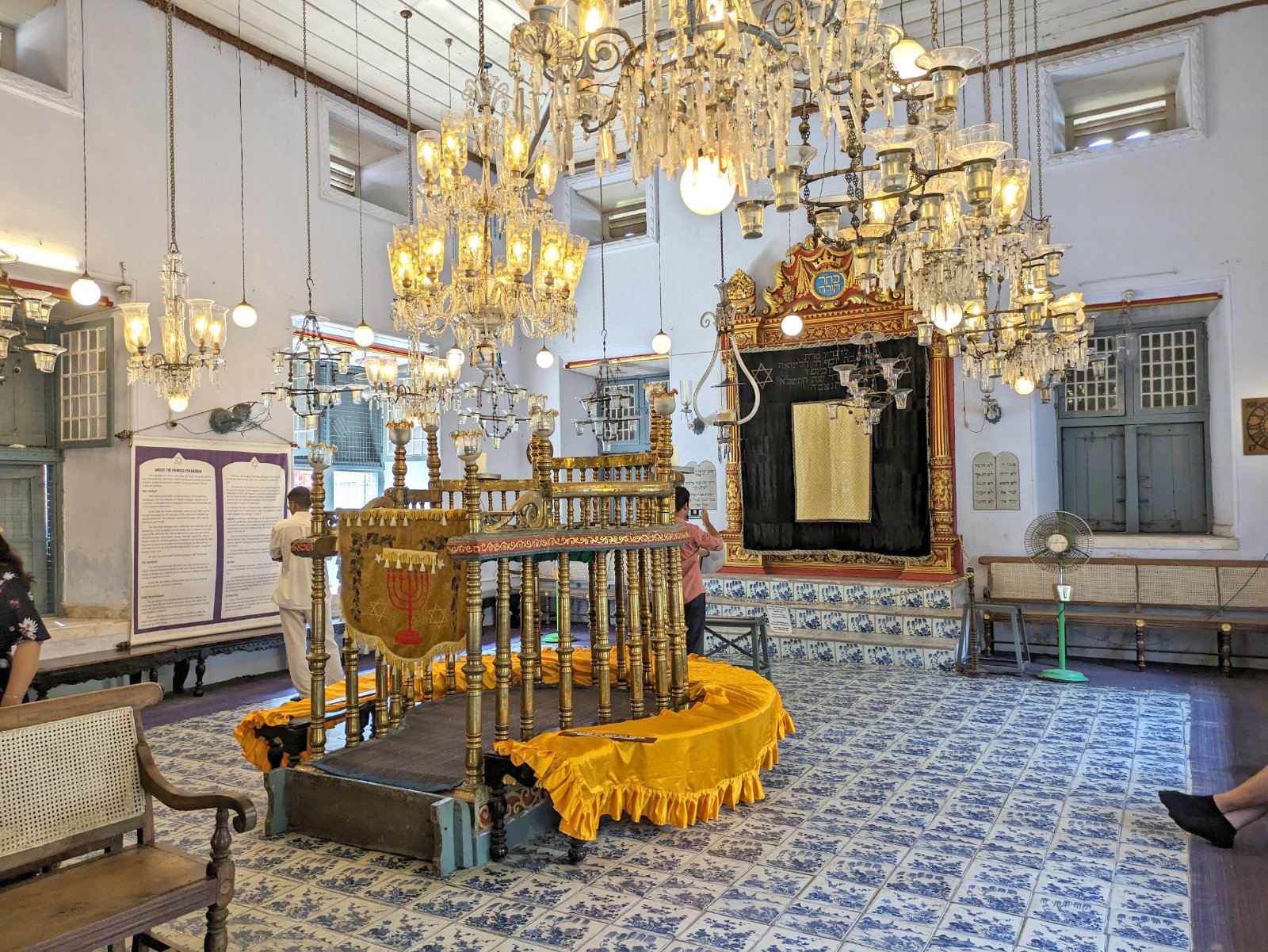

The unassuming exterior of the Paradesi Synagogue gives us no clues that this is the oldest active synagogue in the commonwealth, dating back to 1568. Sephardic Jews who had fled the Spanish Inquisition became traders in Cochin. One of the most notable features of the Paradesi Synagogue is its
floor, which is covered in hand-painted Chinese porcelain tiles installed in the 18th century. The synagogue also features stunning wood and glasswork that showcases Dutch and local Malabar contributions. The synagogue houses a Torah scroll believed to be over 200 years old and a small museum that provides insight into the Jewish community’s history and contributions to Cochin’s cultural and economic development.
Mattancherry Palace

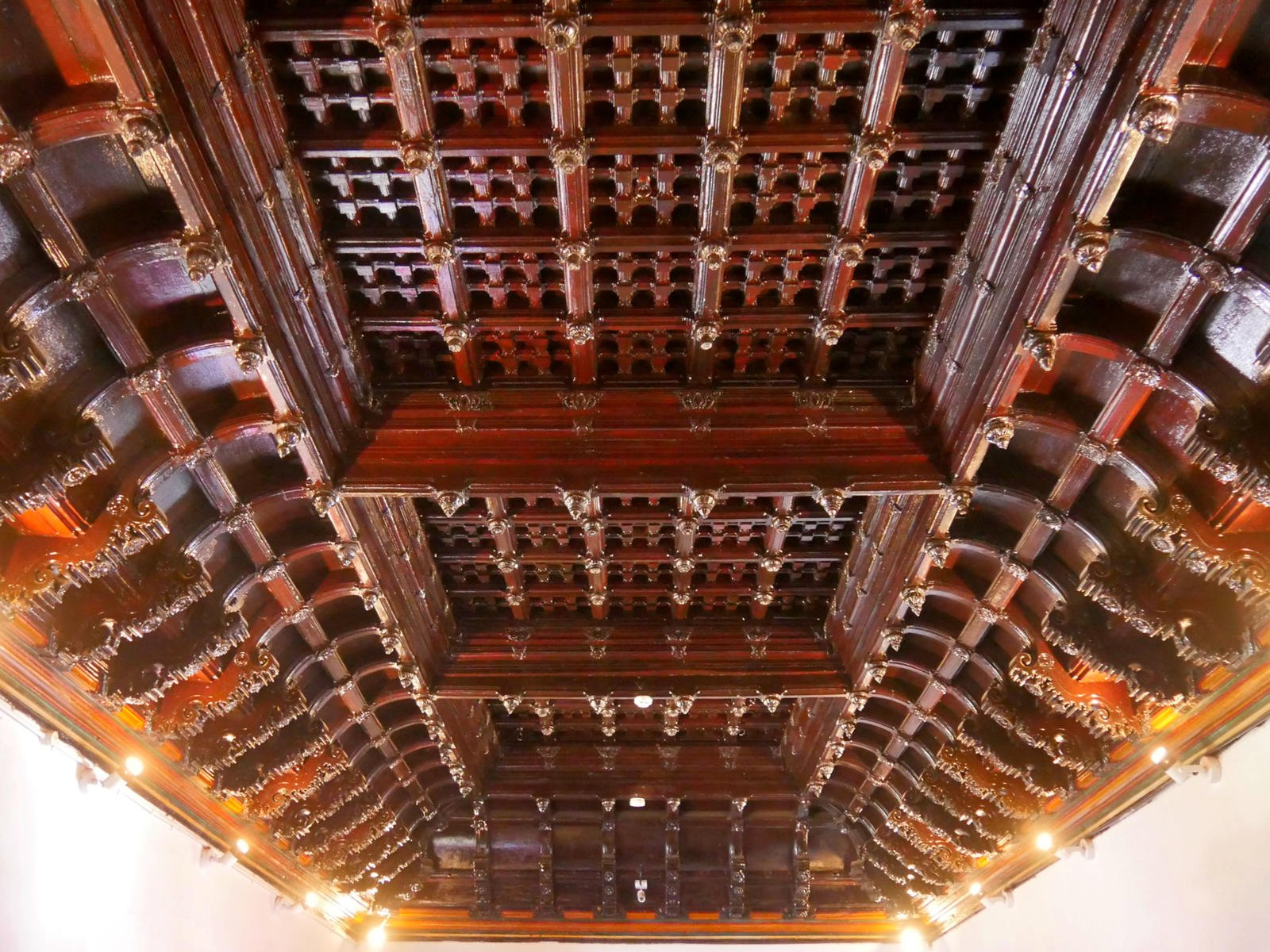

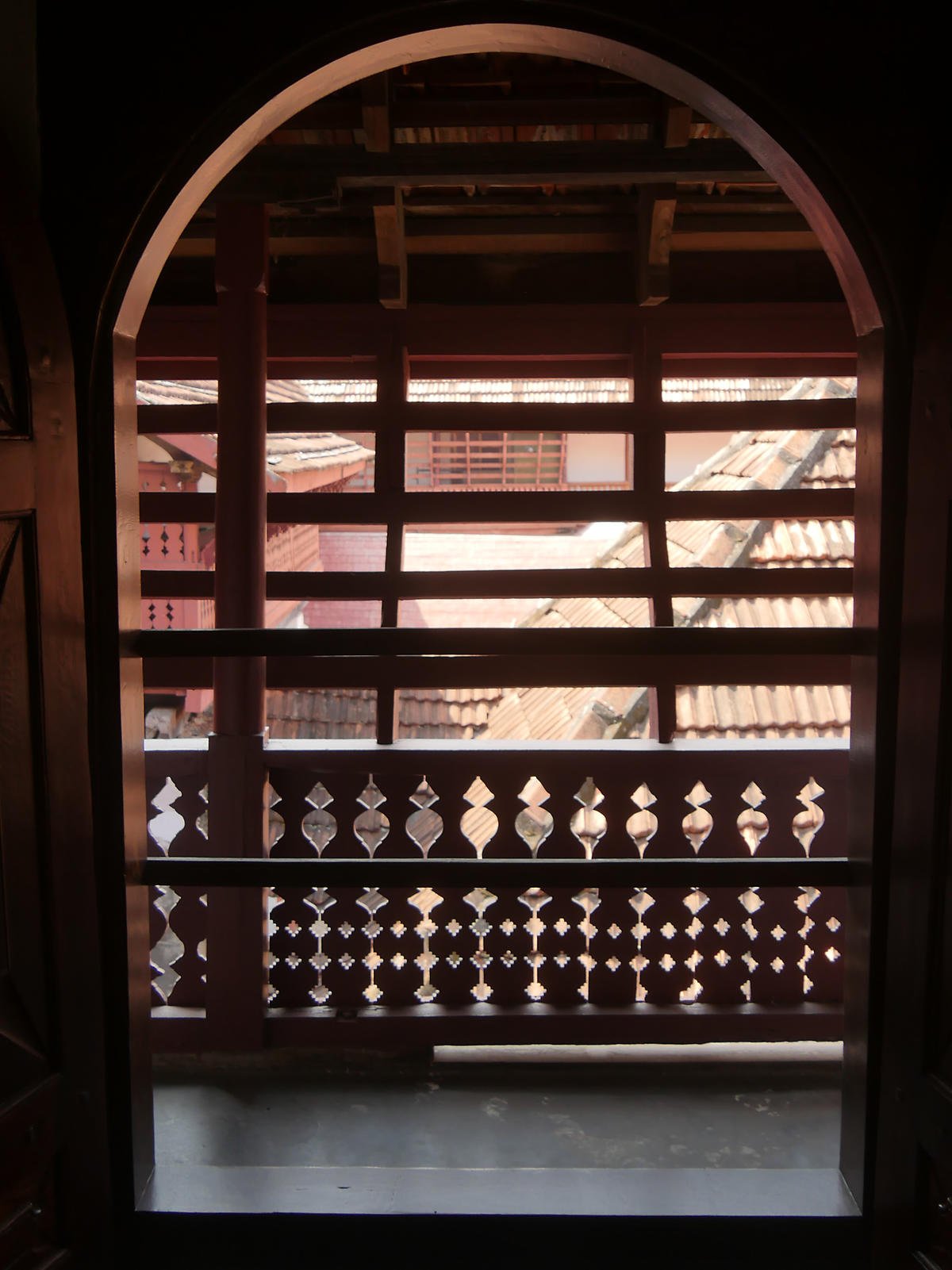
Built in the traditional Kerala style with a quadrangular structure and a courtyard at its centre, the Mattancherry Palace was originally gifted to the Raja of Kochi, Veera Kerala Varma, by the Portuguese. Later, it became the home of the Kochi royal family. The palace was built in the traditional Kerala style and has a quadrangular structure with a courtyard at its centre. The Portuguese designed it in 1555, and it was renovated by the Dutch in 1663. The palace has a fascinating history that is closely linked to the region’s colonial past. Its interior is decorated with intricate wood carvings that depict scenes from the Ramayana and Mahabharata, as well as various Hindu deities. The gabled roof of the coronation hall is remarkable and shows excellent craftsmanship, resembling a ship’s hull.
